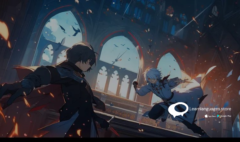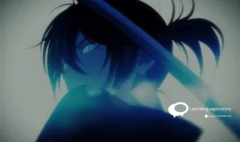Kabuki’s 5 Essential Elements
Kabuki’s 5 Essential Elements

A Look at Kabuki’s Five Essential Components
Despite the fact that kabuki has changed significantly over the course of contemporary Japanese history, many of the performance’s hallmarks have endured.
1. Kabuki Costumes
One of the most recognisable things about kabuki is that it uses costumes and make-up. Performers wear layers of traditional Japanese clothing that are padded to give the character the right body shape. Costumes are often bright and detailed, and real gold and silver are often used to make them stand out. This makes them beautiful to look at, but also very heavy and expensive. Courtesans and aristocrats sometimes wear heavy garments.

2. Kabuki Makeup
Kabuki makeup is equally ornate and recognizable, with actors donning the customary white base alongside colorful accents that emphasize a certain emotion and denote the character’s alignment within the story. This phenomenon, called kumadori in Japanese, uses certain colors to represent certain ideas or characteristics: red for youth, indigo for evil, and brown to represent ghosts and supernatural beings.

3. Kabuki Acting Styles
The acting styles you’ll see when you experience kabuki are far different from those of film, TV, or even Broadway stage performances. While some kabuki dances are characterized by elegant, subtle movements, other aspects employ over-the-top speech and movement patterns to emphasize the malevolence or masculinity of certain characters.
Kabuki performances are also spoken in classical Japanese, making some of the speech more difficult to understand, even for native speakers! Before attending a kabuki performance, it’s a good idea to review the story or folk tale the play is based on so that the details don’t get lost in translation!

4. Kabuki Music
One of the most important and impressive aspects of kabuki performances is the use of live music. Traditional Japanese instruments are used alongside the booming voices of powerful narrators, making the story all the more compelling. Music is also employed as a means of live “special effects;” footsteps and poses are often accented by the clap of wooden blocks or other percussion instruments, creating a stop-motion effect that helps the audience understand the internal monolog of the protagonist.

5. Kakegoe – Participation of the Audience
Kabuki performances also feature audience participation! This phenomenon, known as kakegoe, has been a part of the art form for centuries. A guild of audience members will often be stationed within the audience, yelling out praises for the characters onstage at just the right moments. This not only heightens the energy of the rest of the audience but also works to invigorate the actors, ensuring an all-around thrilling performance!

Conventions of Kabuki Performance
Kabuki theatre is a beautiful and very complicated form of performance art that has become a well-known part of Japanese culture around the world. Because kabuki comes from humble beginnings, has beautiful visuals, and has a fascinating history, every show has something for everyone.
Learn Languages Store
Vashi,
Email: services@learnlanguages.store










